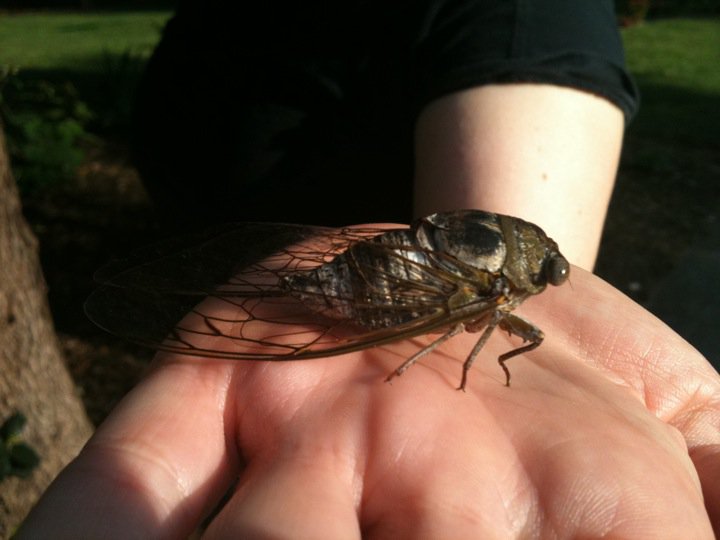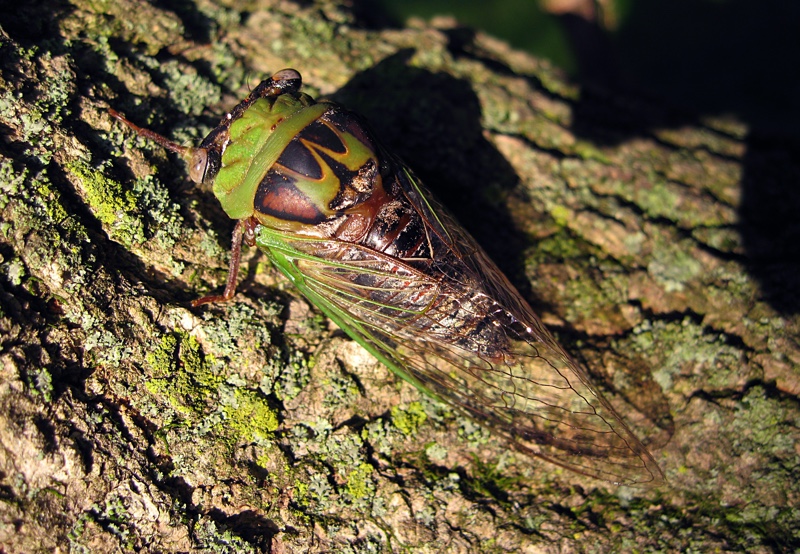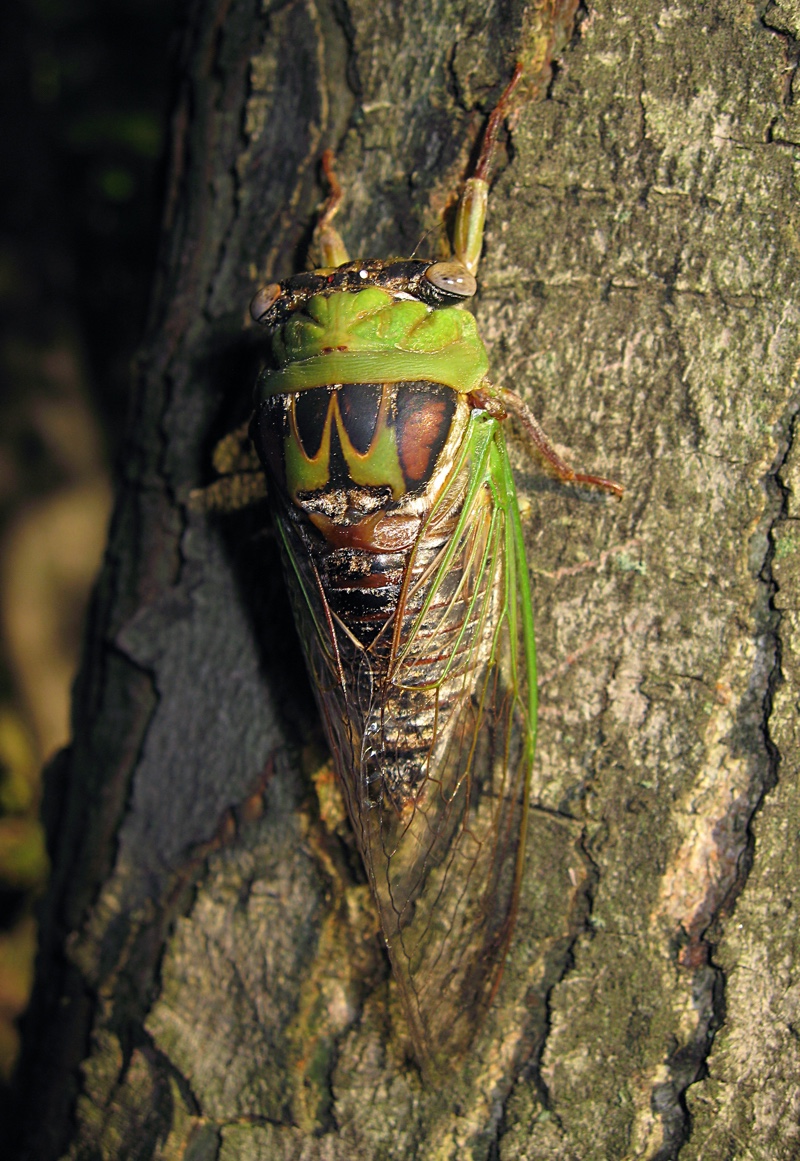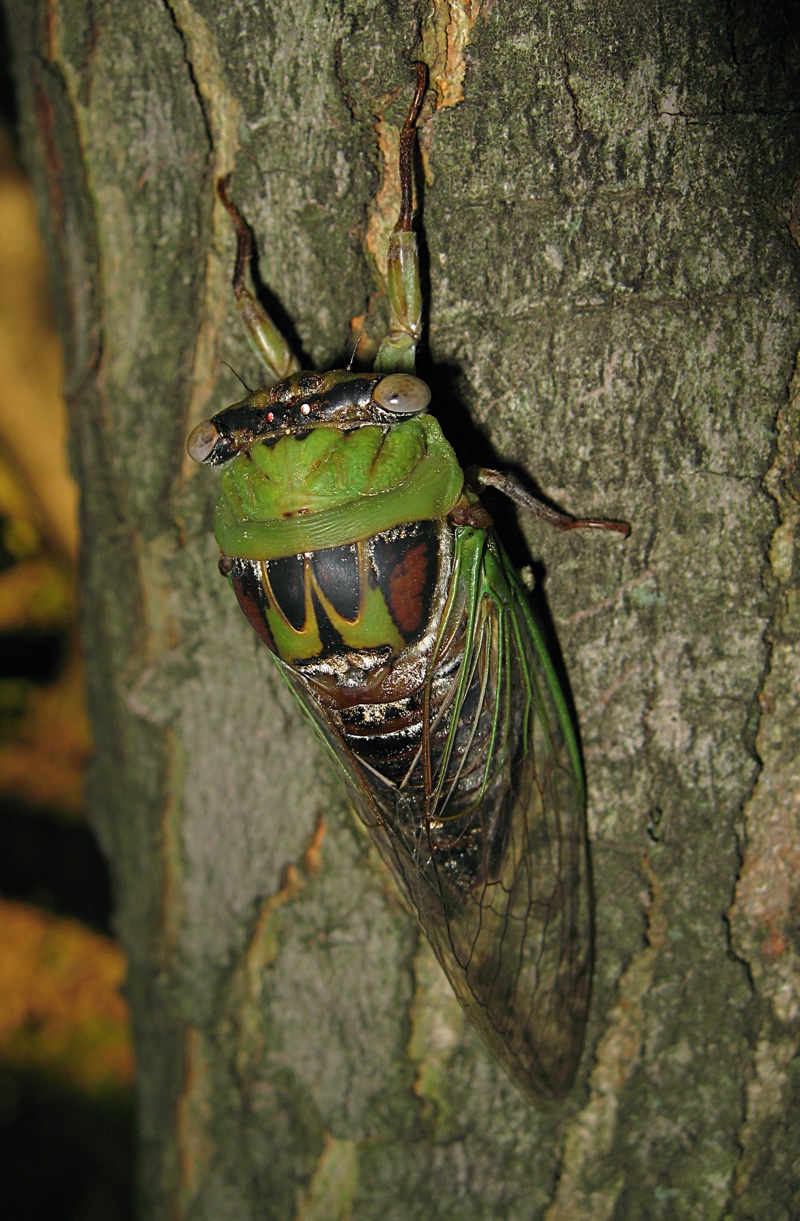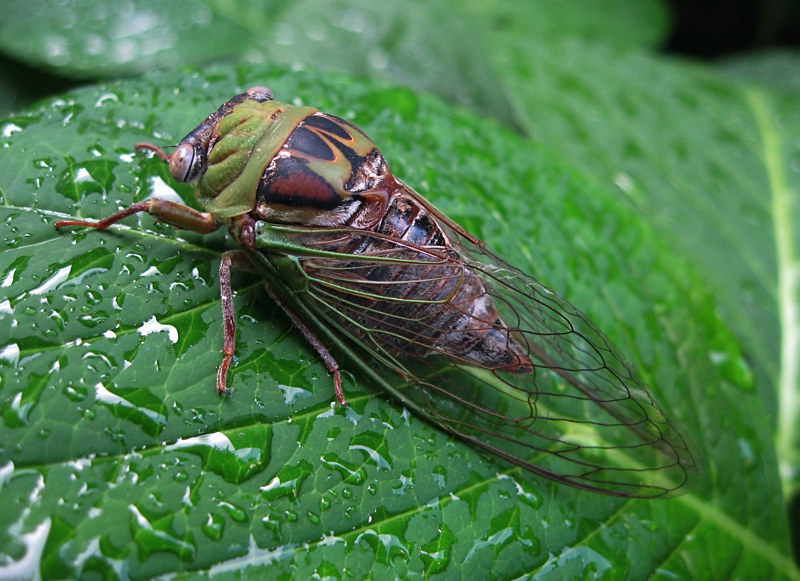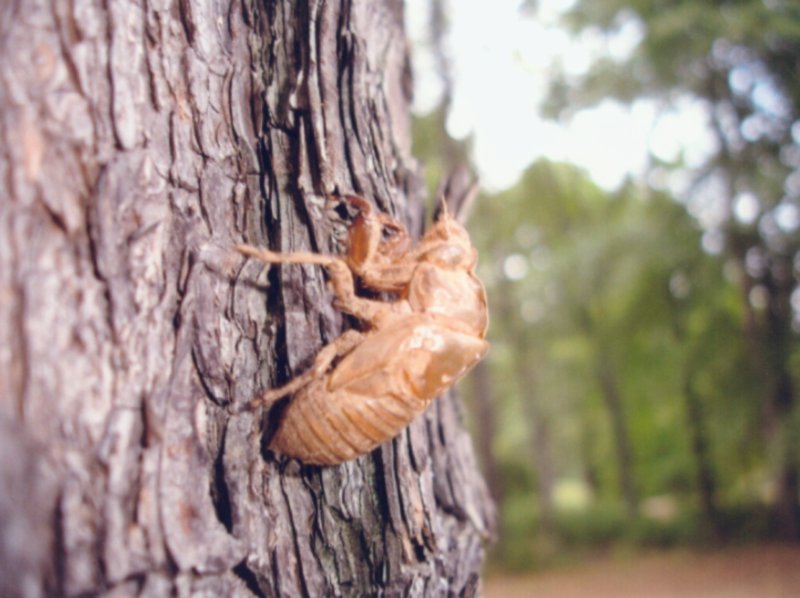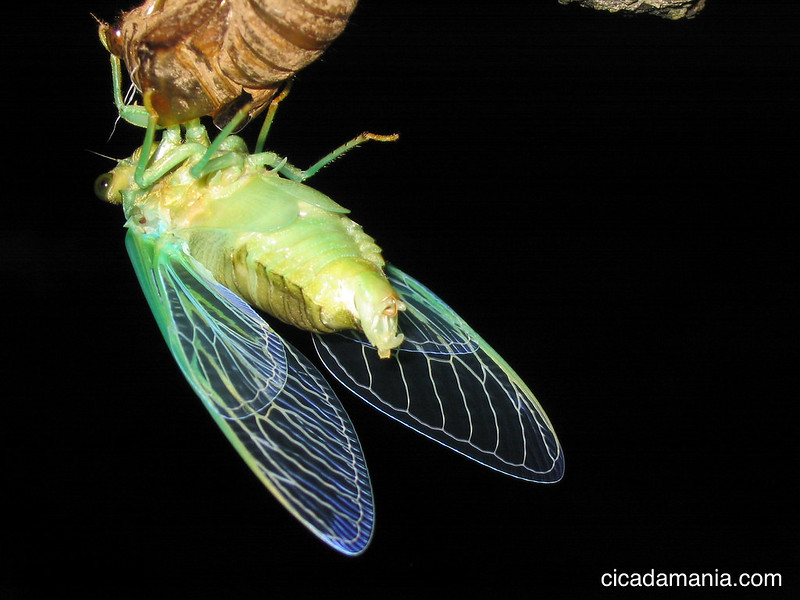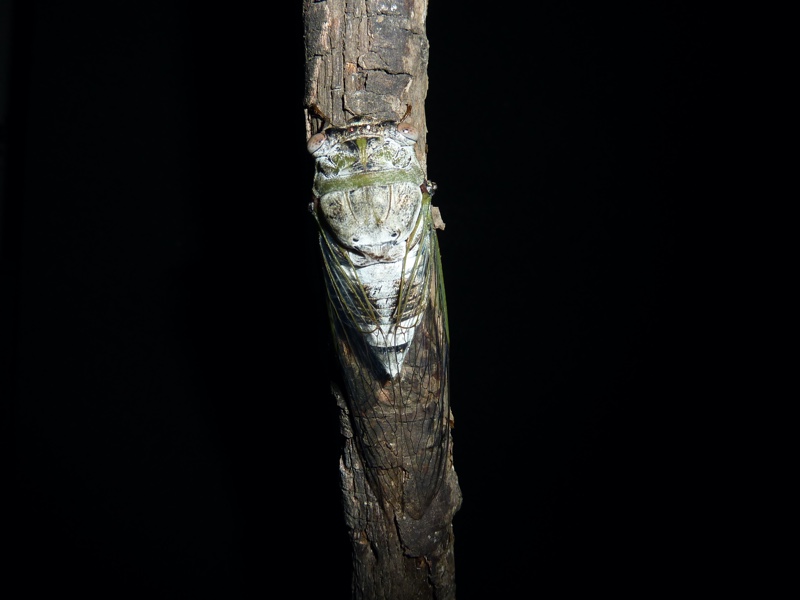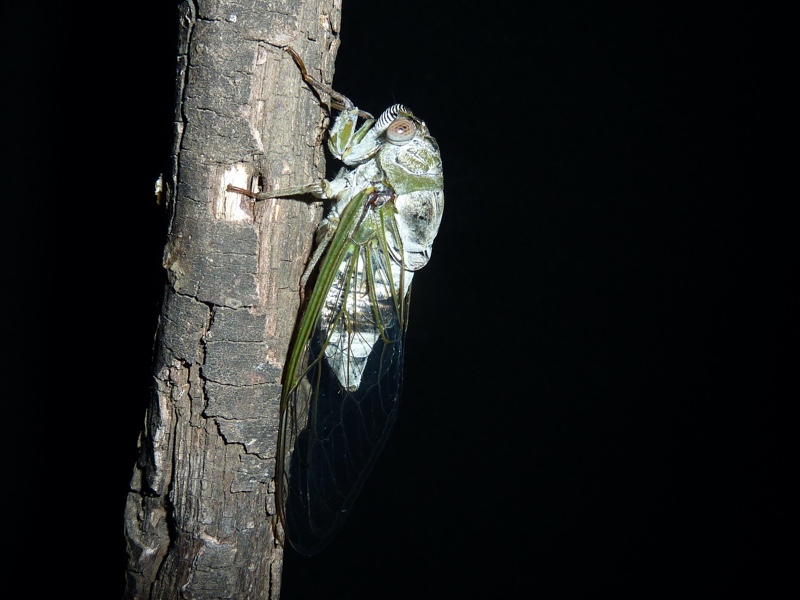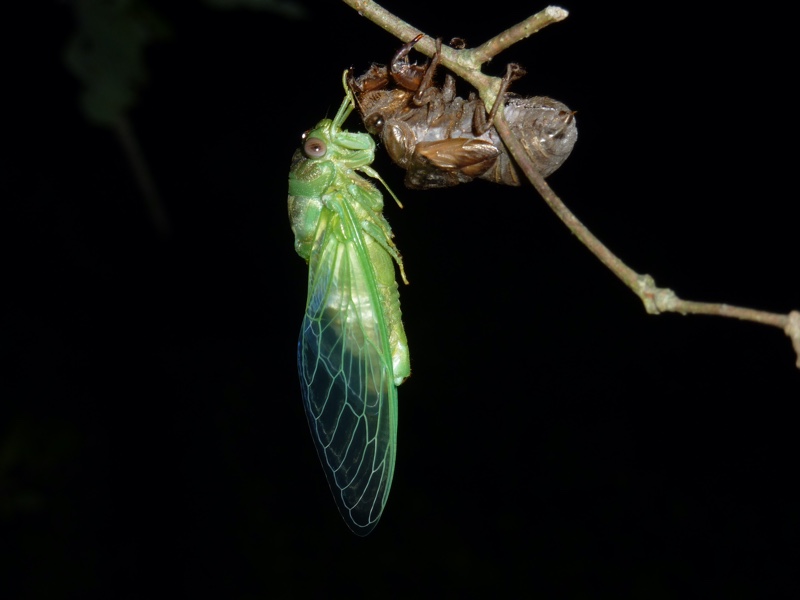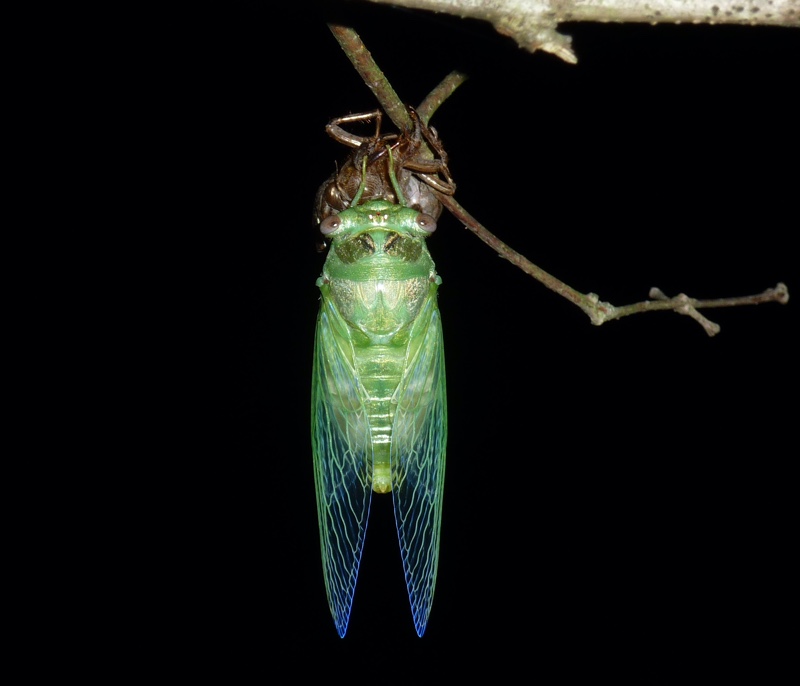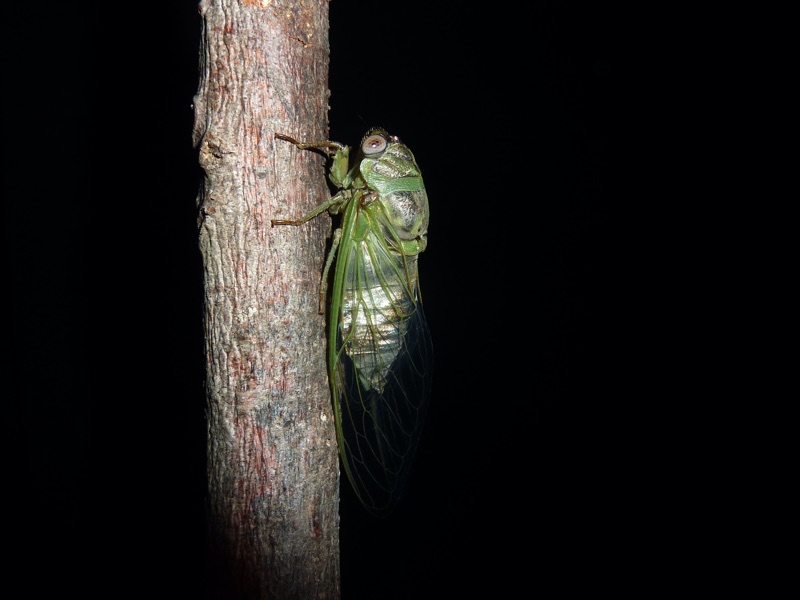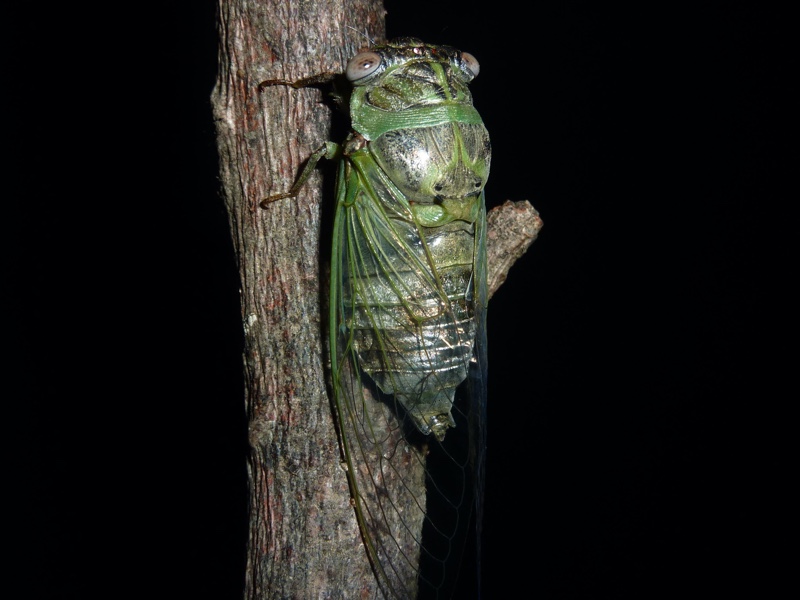We’ve discussed, in previous posts, issues with the naming of Tibicen cicadas; first there were gender agreement issues and then the naming of Tibicen tibicen cicadas (which most people still refer to as Tibicen chloromera).
The gender issue deals with agreement of the Genus and species name. Tibicen superba, for instance, should be called Tibicen superbus since the “en” in Tibicen is male, and the ending of suberbus needs to match that with “us”.
Quoting from Bug Guide1:
“All the —a endings in the species of Tibicen need to be —us, e.g. bifida should be bifidus”, per Allen Sanborn (Barry University, Florida), pers. comm., 2008. (Note, many taxonomists working on larger groups, e.g. leps, have abandoned gender agreement, but apparently this isn’t the case with Cicadas. MQ)
The story for Tibicen chloromera is a bit different. First, chloromera needed to be changed to chloromerus because of the gender agreement issue. Then that had to be changed to Tibicen tibicen because historically this particular cicada was referred to as Tibicen tibicen before Tibicen chloromera. This could be changed, if someone found a precedent of the insect being called a Tibicen chloromera, but then still we’d have to call it a Tibicen chloromerus because of the gender agreement issue.
Quoting from Bug Guide again2:
The long-standing name for this common species, Tibicen chlormera, has apparently been changed to Tibicen tibicen based on priority. See Synonyms and references. –Cotinis 17 October 2008.
That being said, most folks on the web call the Tibicen tibicen “Tibicen chloromera” to this day. Whether this is an act of rebellion, force of habit, loyalty to other researchers who don’t agree with the name change, I’m not sure.
Taxonomic name changes discussed, lets move to common Tibicen names.
Our last post featured Elias Bonaros photo of a Tibicen auletes, which I labeled a Scissor-grinder, a common name for the insect — or so I thought. Elias was quick to point out that other resources call another cicada, the Tibicen pruinosus, a Scissor-grinder. Elias is no slouch when it comes to cicada information, and he has correctly corrected me in the past in mistakes I’ve made, but I needed to figure out where i got my possibly erroneous information from.
Bug Guide calles the T. auletes a Scissor-grinder3 as well as Northern Dusk-singing cicada, as does another IOWA State website4.
University of Florida scientists/researchers, on the other hand, call the Tibicen pruinosus5 a Scissor-grinder as does the Song of Insects6 website. The University of Florida document doesn’t provide a common name for T. auletes, but the Song of Insects site refers to them as Northern Dusk-singing Cicadas.
So… any tie breakers out there? It could be that in the South the T. pruinosus is the Scissor-grinder and in the Mid-west it’s the T. auletes.
Here’s my list of references:
- Genus Tibicen http://bugguide.net/node/view/5949
- Species Tibicen tibicen http://bugguide.net/node/view/6966
- Species Tibicen auletes – Scissor-grinder http://bugguide.net/node/view/6968
- What is a Locust http://www.ipm.iastate.edu/ipm/hortnews/node/1936
- Cicadas (of Florida), Neocicada hieroglyphica (Say), Tibicen, Diceroprocta and Melampsalta spp. (Insecta: Hemiptera: Cicadidae) http://edis.ifas.ufl.edu/in602
- Song of Insects http://www.musicofnature.com/songsofinsects/iframes/specieslist.html
